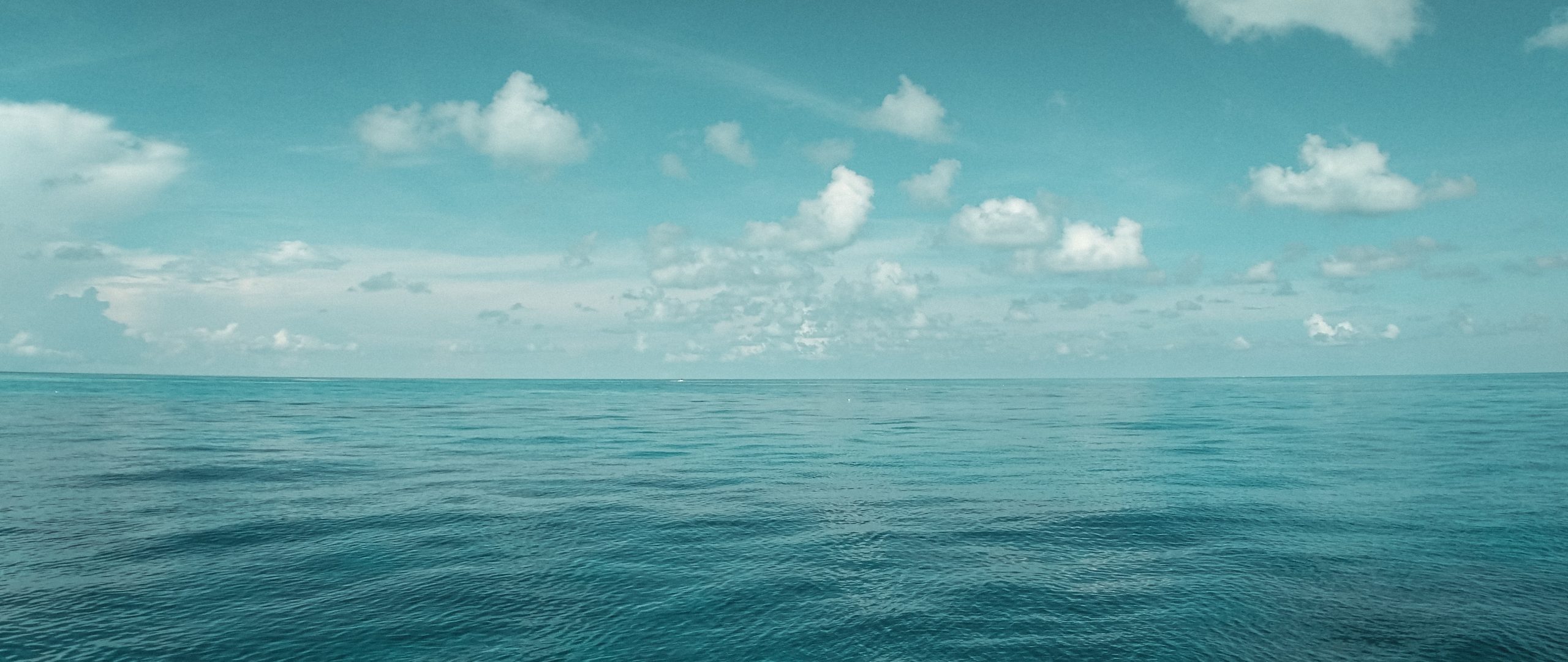
What to Watch Out For
The U.S. Coast Guard, in its “A Boater’s Guide to the Federal Requirements for Recreational Boats,” offers these clues to an approaching weather change, which usually brings the most challenging conditions.
Signs of bad weather approaching for boaters:
- Flat clouds getting lower and thicker;
- Puffy, vertically rising clouds getting higher;
- Dark, threatening clouds, especially to the west/southwest;
- A sudden drop in temperature;
- A halo around the sun or moon;
- Increasing wind or a sudden change in wind direction;
- Flashes on the horizon;
- Seas becoming heavy;
- Heavy AM radio static, which can indicate nearby thunderstorm activity.
If caught in severe weather, the Coast Guard advises:
- Reduce speed to the minimum that allows continued headway;
- Make sure everyone on board is wearing their life jacket;
- Turn on running lights;
- If possible, head for nearest safe-to-approach shore;
- Head boat into waves at a 45-degree angle;
- Keep bilges free of water;
- Seat passengers on the bottom of the boat, near the centerline
- If the engine fails, deploy a sea anchor (or bucket if there’s no sea anchor aboard) from the bow;
- Anchor the boat if necessary.
Understanding Waves
Weather forecasts often include predictions of wave heights. it’s important to understand how waves are measured?
A wave’s height is the distance between the bottom of its trough and the top of its crest. Boaters quickly learn that when a wave height range is forecast—say, 2- to 4-footers—there’s a very practical difference between the two extremes: hope for the smaller but be prepared for the larger! And remember that waves can quickly grow larger in storms. Less often reported is steepness: the ratio between the wave height and the distance (or time) between crests. The closer together, the steeper waves are—and often the more troublesome to boaters.